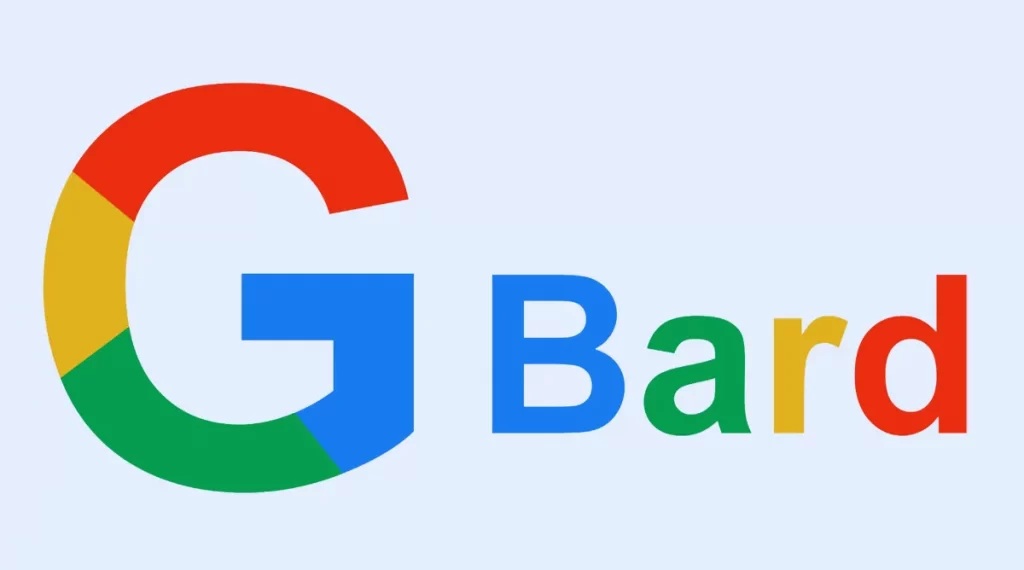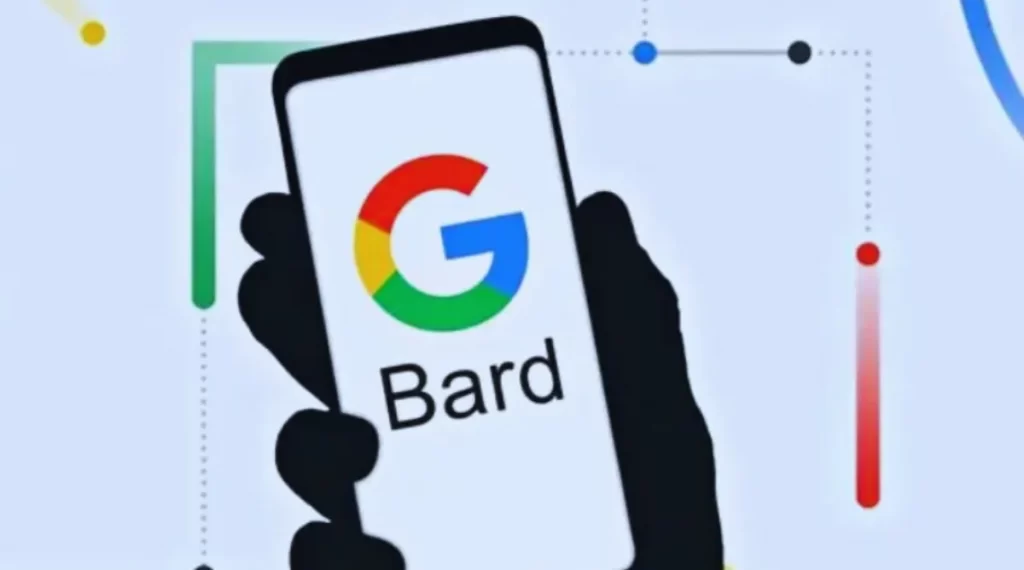Last Update: May 25, 2023, By Dip
In today’s digital age, Artificial Intelligence (AI) and Natural Language Processing (NLP) have emerged as groundbreaking technologies, revolutionizing the way interact with computers and the internet. Google, a global tech giant, has made remarkable strides in the field of Artificial Intelligence (AI), and one of its most notable achievements is Google BARD AI. In this article we discuss Google BARD AI, exploring its functionality, advantages, applications, limitations, and impact on various industries.

What is Google Bard AI
Google Bard AI, is a branch of computer science technology, that encompasses the development of intelligent machines capable of performing tasks that typically require human intelligence. NLP, on the other hand, focuses on enabling computers to understand, interpret, and respond to human language in a natural and meaningful way. Google BARD AI is an advanced language model that combines the power of Artificial intelligence (AI) and Natural language processing (NLP) to generate human-like text, facilitating a wide range of applications across industries.
Also Read: All About Google Bard AI

Understanding AI and NLP
AI systems, such as Google BARD AI, are designed to mimic human cognitive abilities, and reasoning, including understanding, learning, and problem-solving. Natural language processing (NLP) is a subfield of AI that focuses on processing and analysing human language, enabling machines to understand text and generate text.
Also Read: What Makes Coronado Beach Special?
Introducing Google BARD AI
Google BARD AI, short for “Bidirectional Encoder Representations from Transformers for Autoregressive Density estimation,” represents a significant breakthrough in natural language generation. Google BARD AI, trained on an extensive dataset containing vast amounts of text, enables it to generate coherent and contextually relevant responses.
Also Read: These 50 Photos Of Unique People Show That Genetics Is Hard To Forget

The Evolution of BARD AI
Google BARD AI builds upon previous language models developed by Google, such as GPT-3, and GPT-4, and incorporates improvements in both model architecture and training methods. This evolution has led to significant advancements in generating high-quality Content, human-like text, and Others.
Also Read: How Are Business Hotels Different From Regular Hotels?
How Google BARD AI Works
Google BARD AI utilizes a transformer-based architecture that employs self-attention mechanisms to process and understand the relationships between words in a sentence. This allows the model to capture the context and meaning of the text, generating accurate and coherent responses.
Applications of Google BARD AI
Google BARD AI has a wide range of applications across various industries. Here are some notable applications include:
1. Content Creation
With its ability to generate human-like text, Google BARD AI has the potential to assist content creators by providing topic ideas, drafting outlines, and even generating full-length articles. It can save time and effort, enabling content creators to focus on higher-level tasks.
2. Language Translation
Google BARD AI has the potential to revolutionize language translation. Understanding and generating text in multiple languages can assist in real-time translation, improving communication and breaking down language barriers.
Also Read: PHD Scholarships in USA for International students

3. Virtual Assistants
Google BARD AI can power virtual assistants, providing users with interactive and conversational experiences. Virtual assistants powered by BARD AI can understand and respond to user queries, assist with fast tasks, and even hold engaging conversations.
4. Customer Support
Google BARD AI can be employed in customer support systems to handle common queries, provide relevant information, and offer assistance. It can enhance customer service by delivering quick and quickly accurate responses, improving overall customer satisfaction.
Advantages of Google BARD AI
Implementing Google BARD AI offers several advantages:
1. Improved Accuracy
With its comprehensive training and language understanding capabilities, Google BARD AI can generate highly accurate and contextually appropriate responses. This ensures a high level of quality and relevance in generated content.
2. Enhanced Efficiency
Google BARD AI can automate various tasks, reducing the time and effort required for content creation, customer support, and other applications. It enables businesses to streamline their operations and allocate resources more effectively.
3. Cost Savings
By automating tasks that would otherwise require human intervention, Google BARD AI can significantly reduce costs for businesses. It eliminates the need for hiring additional personnel, allowing organizations to allocate their resources more efficiently.
Ethical Considerations with Google BARD AI
As with any AI system, there are ethical considerations to be addressed. Google BARD AI has the potential to disseminate misinformation or generate biased content if not carefully monitored. Ensuring transparency, accountability, and responsible use of Google BARD AI is crucial to maintain ethical standards.

Limitations of Google BARD AI
While Google BARD AI is a remarkable achievement, it does have certain limitations. The model may occasionally produce responses that sound plausible but are factually incorrect. Additionally, it may struggle with context-dependent queries that require nuanced understanding.
Future Potential and Development
Google continues to invest in the development of Google BARD AI, aiming to overcome its limitations and improve its capabilities further. Ongoing research and advancements in AI and NLP hold promise for the future evolution of BARD AI and its applications.
Google BARD AI vs. Human Content Creation
While Google BARD AI demonstrates impressive text generation capabilities, it is essential to recognize the unique strengths and creativity of human content creation. Human writers bring subjective perspectives, emotions, and creativity to their work, making them irreplaceable in certain contexts.
Industry Impact and Adoption
Google BARD AI has the potential to revolutionize various industries. From content creation and customer support to translation services and virtual assistants, businesses across sectors can benefit from its capabilities. The adoption of BARD AI is expected to increase as its advantages become more widely recognized.

Challenges and Concerns
The deployment of Google BARD AI also presents challenges and concerns. These include addressing biases in training data, ensuring user privacy and data protection, and mitigating potential job displacement. Balancing the benefits of Google BARD AI with these considerations is crucial for responsible implementation.
Conclusion
In conclusion, Google BARD AI represents a significant milestone in the field of AI and NLP. With its ability to generate human-like text, BARD AI has the potential to revolutionize content creation, virtual assistants, language translation, and customer support.
While Google BARD AI offers advantages in terms of efficiency, accuracy, and cost savings, ethical considerations, limitations, and the unique value of human content creation should be acknowledged. As the development of BARD AI continues, it will be fascinating to witness its future potential and impact on industries worldwide.
Frequently Asked Questions (FAQ’s)
Can Google BARD AI replace human content writers?
While Google BARD AI can generate text, human content writers bring creativity and subjective perspectives that are invaluable in certain contexts. Google BARD AI can assist and streamline content creation but is unlikely to replace human writers entirely.
How does BARD AI handle multiple languages?
Google BARD AI is trained on a diverse dataset containing text from multiple languages. This enables it to understand and generate text in different languages, making it a powerful tool for language translation and multilingual applications.
What measures are in place to address biases in BARD AI?
Google recognizes the importance of addressing biases in AI systems like Google BARD AI. They employ rigorous testing and evaluation processes to identify and mitigate biases, aiming to ensure fair and unbiased text generation.
Is BARD AI available for public use?
As of now, Google BARD AI is not publicly available. However, Google continues to refine and develop the technology, and future releases or integrations may make it more widely accessible.
How can businesses implement BARD AI?
Businesses interested in implementing Google BARD AI can explore partnerships or collaborations with Google or other AI service providers. Integration may involve custom development, training, and fine-tuning according to specific requirements.




